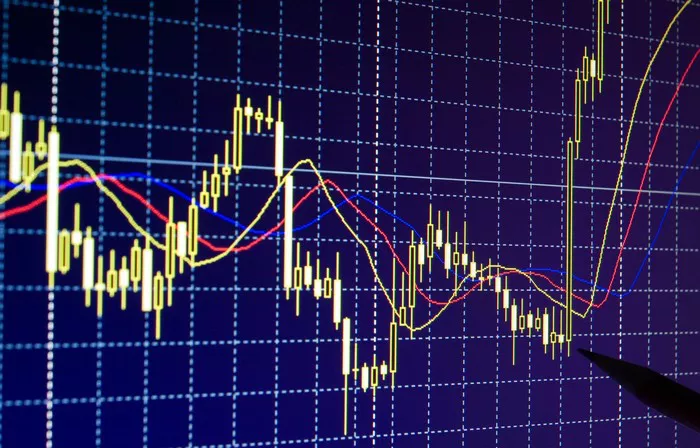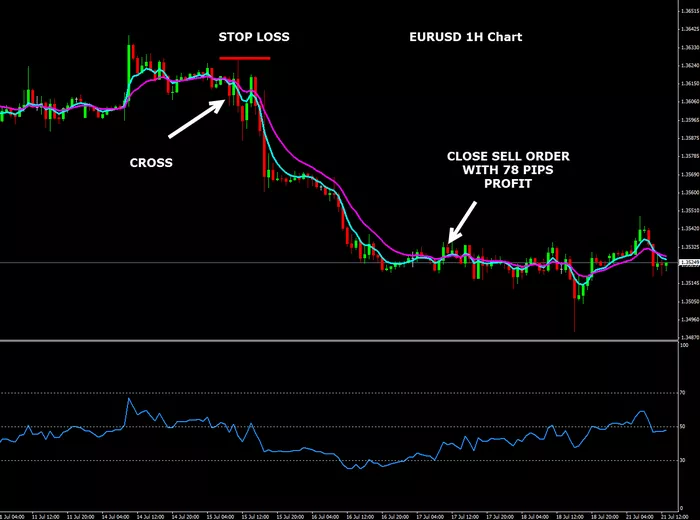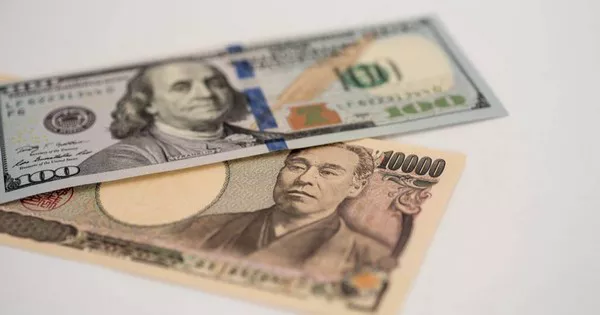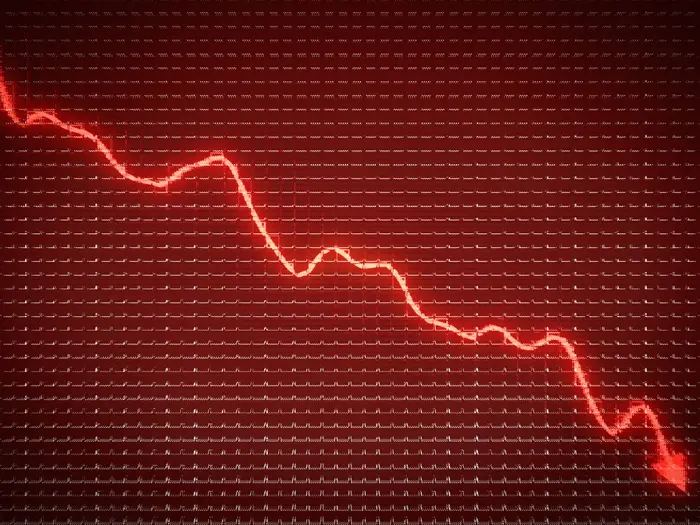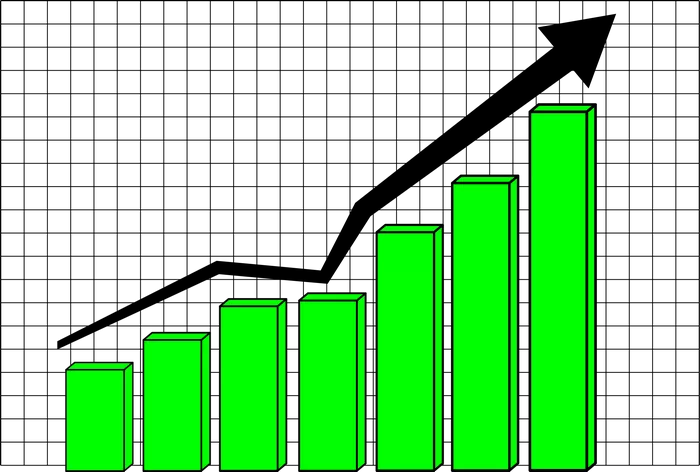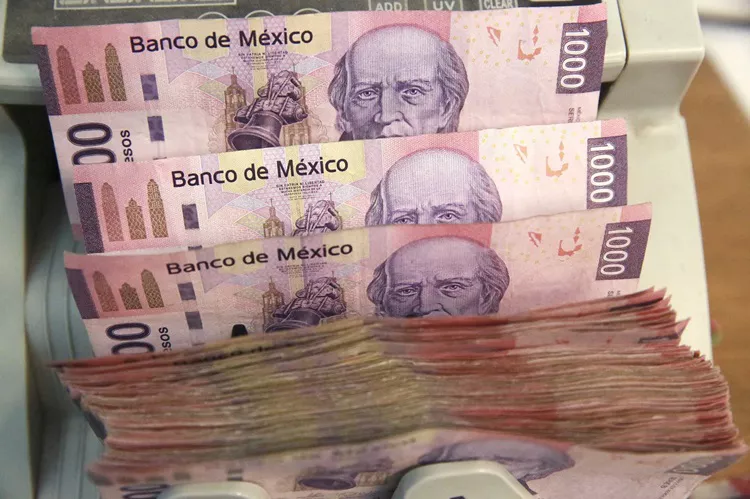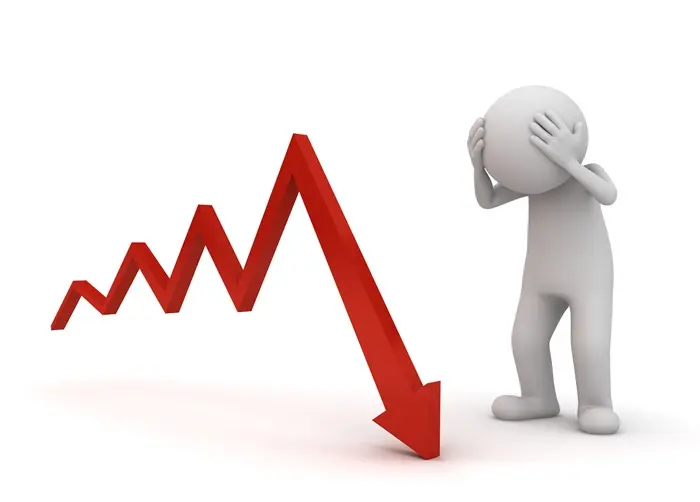The foreign exchange market is home to a wide range of currency pairs, but few are as widely discussed and traded as the U.S. dollar (USD) and the euro (EUR). As two of the most influential currencies globally, the USD and euro play a pivotal role in international trade, investment, and finance. Understanding which currency is stronger—USD or euro—can provide valuable insights for traders, investors, and businesses dealing in global markets.
This article will explore the factors that determine the relative strength of the USD and the euro, how these currencies have performed over time, and the broader economic forces that shape their value. We will also discuss the implications for individuals and businesses when trading or holding these currencies.
Understanding the U.S. Dollar (USD) and the Euro (EUR)
Before delving into the comparison of the USD and euro, it is important to understand each currency’s role in the global economy.
The U.S. Dollar (USD)
The U.S. dollar is the official currency of the United States and its territories. It is also the world’s primary reserve currency, which means that it is held in significant quantities by central banks around the world as part of their foreign exchange reserves.
The U.S. dollar’s strength is driven by several key factors:
Global Reserve Currency: The U.S. dollar accounts for approximately 60% of global foreign exchange reserves, making it the dominant currency in international trade and investment.
U.S. Economic Size: As the world’s largest economy, the United States has a substantial influence on global markets. The strength of the U.S. economy, measured by indicators such as GDP growth, employment levels, and inflation, often correlates with a stronger USD.
Interest Rates: The Federal Reserve, which sets U.S. monetary policy, plays a crucial role in determining the value of the dollar. Higher interest rates typically strengthen the USD, as investors seek higher returns.
The Euro (EUR)
The euro is the official currency of the European Union (EU) and is used by 19 of the 27 EU member states. The eurozone is one of the largest and most integrated economic regions in the world.
The strength of the euro is influenced by:
Economic Integration: The euro is backed by the collective economies of the eurozone countries. The currency’s strength depends on the economic health of the region as a whole, which includes countries like Germany, France, and Italy.
European Central Bank (ECB) Policies: The ECB is responsible for managing the euro’s monetary policy. The central bank’s decisions on interest rates, quantitative easing, and inflation targets play a significant role in determining the euro’s strength.
Trade Balance: The EU is a major player in global trade. A strong trade surplus, particularly with countries like the United States and China, often supports a stronger euro.
Factors That Influence the Strength of USD and EUR
To understand which currency is stronger, it’s essential to look at the economic factors that influence the value of the USD and euro. These factors include interest rates, economic performance, inflation, political stability, and global events.
1. Interest Rates and Monetary Policy
Interest rates set by the U.S. Federal Reserve and the European Central Bank are a key determinant of both the USD and euro’s strength. When interest rates rise in a country, the value of its currency typically strengthens as investors seek higher returns on their investments.
U.S. Dollar: The Federal Reserve’s decisions on interest rates have a direct impact on the value of the U.S. dollar. When the Fed raises interest rates, it makes U.S. assets more attractive to investors, driving demand for the dollar.
Euro: Similarly, when the European Central Bank (ECB) raises interest rates, it strengthens the euro. However, the ECB’s policies are often more cautious, and changes in interest rates in the eurozone tend to be slower compared to the U.S.
The difference in interest rates between the U.S. and the eurozone often drives demand for one currency over the other. A higher interest rate in the U.S. can make the USD more attractive, while a lower rate in the eurozone can weaken the euro.
2. Economic Performance and Growth
The economic health of the U.S. and the eurozone plays a significant role in determining the strength of their respective currencies. Strong economic growth tends to lead to stronger currencies, as it attracts investment and boosts demand for the currency.
U.S. Economic Growth: The United States is the world’s largest economy, and its performance directly impacts the USD. A strong U.S. economy with high GDP growth, low unemployment, and rising consumer spending tends to strengthen the U.S. dollar.
Eurozone Economic Growth: The eurozone includes a mix of highly developed and emerging economies, and its performance can be more variable. While countries like Germany contribute significantly to the euro’s strength, other countries in the region may struggle with slower economic growth, which can put downward pressure on the euro.
When the U.S. economy is performing well, the dollar tends to appreciate, while a period of slow economic growth or recession in the eurozone can weaken the euro.
3. Inflation Rates
Inflation rates are another critical factor in determining currency strength. Higher inflation erodes the purchasing power of a currency, which can lead to a weaker currency relative to others.
U.S. Inflation: The Federal Reserve typically aims to keep inflation at around 2%. When inflation exceeds this target, the U.S. dollar may weaken unless the Fed raises interest rates to control inflation.
Eurozone Inflation: The European Central Bank also targets an inflation rate of just below 2%. However, inflation in the eurozone has historically been lower than in the U.S., which can support the strength of the euro over the long term.
If inflation rises in the U.S., the dollar could weaken, especially if the Fed is slow to act. Conversely, inflationary pressures in the eurozone could lead to a depreciation of the euro.
4. Political Stability and Risk
Political stability is a critical factor that influences the strength of both the USD and the euro. Investors tend to favor currencies from politically stable countries, as they are perceived as less risky.
U.S. Political Stability: The U.S. is seen as a stable democracy with well-established institutions. While political uncertainty can lead to volatility in the dollar, it remains a relatively safe-haven currency during times of global uncertainty.
Eurozone Political Stability: The eurozone consists of multiple countries with different political systems and challenges. Political uncertainty in any major eurozone country, such as France or Italy, can negatively affect the euro. The eurozone has also faced challenges related to the economic integration of its member states, which can create volatility in the currency.
The U.S. dollar is often considered a safe-haven currency in times of political or economic turmoil. While the euro is stable, political instability in the eurozone can weaken the currency.
5. Global Events and Market Sentiment
Global events, such as natural disasters, geopolitical tensions, and global trade conflicts, can significantly impact the strength of both the USD and euro. Market sentiment also plays a role, as investors may flock to one currency or another based on risk perceptions.
U.S. Dollar: The U.S. dollar often strengthens during times of global uncertainty, as it is seen as a safe-haven asset. For example, during times of geopolitical tensions or financial crises, demand for the dollar tends to increase.
Euro: The euro is also affected by global events, but its response may vary depending on the nature of the event. For example, trade tensions with major trading partners can negatively affect the euro, especially if they impact the eurozone’s export-driven economies.
6. Trade Balance and Current Account
The trade balance, which measures the difference between a country’s exports and imports, is another important factor influencing currency strength. A country with a strong trade surplus may see its currency appreciate due to higher demand for its goods and services.
U.S. Trade Balance: The U.S. has historically run a trade deficit, which means it imports more than it exports. This trade imbalance can put downward pressure on the U.S. dollar over time.
Eurozone Trade Balance: The eurozone generally runs a trade surplus, as it is a major exporter of goods, particularly to the U.S. and China. A strong trade surplus can support the euro’s value, as it increases demand for the currency.
A persistent trade deficit in the U.S. can weaken the dollar, while a trade surplus in the eurozone tends to support the euro.
Comparing the Strength of USD and EUR
Over time, the relative strength of the USD and euro has fluctuated due to the interplay of the factors mentioned above.
USD Strength: Historically, the U.S. dollar has been stronger than the euro for most of the past two decades, with the exchange rate often hovering around 1 USD = 0.80 EUR to 1 USD = 1.00 EUR. The dollar’s strength is supported by the size of the U.S. economy, its role as the world’s reserve currency, and its relatively high interest rates compared to the eurozone.
Euro Strength: The euro has generally been stronger than the U.S. dollar in terms of its exchange rate. Since the euro’s inception in 1999, its value has fluctuated but often exceeded the value of the U.S. dollar, especially during periods of strong economic growth in the eurozone.
The strength of the USD or euro at any given time depends on economic conditions, interest rates, inflation, and global market sentiment. Both currencies have their advantages and disadvantages, and their relative strength can change over time.
Conclusion
Determining which currency is stronger—USD or euro—depends on a wide range of factors, including interest rates, economic performance, inflation, political stability, and global events. The U.S. dollar tends to be stronger when U.S. economic growth is robust, interest rates are high, and the dollar is seen as a safe-haven asset during times of global uncertainty. On the other hand, the euro benefits from the collective strength of the eurozone economies, a trade surplus, and lower inflation.
Ultimately, the relative strength of the USD and euro fluctuates over time based on these factors, and it is important for traders, investors, and businesses to stay informed about these dynamics to make informed decisions in the forex market.
Related topics:

